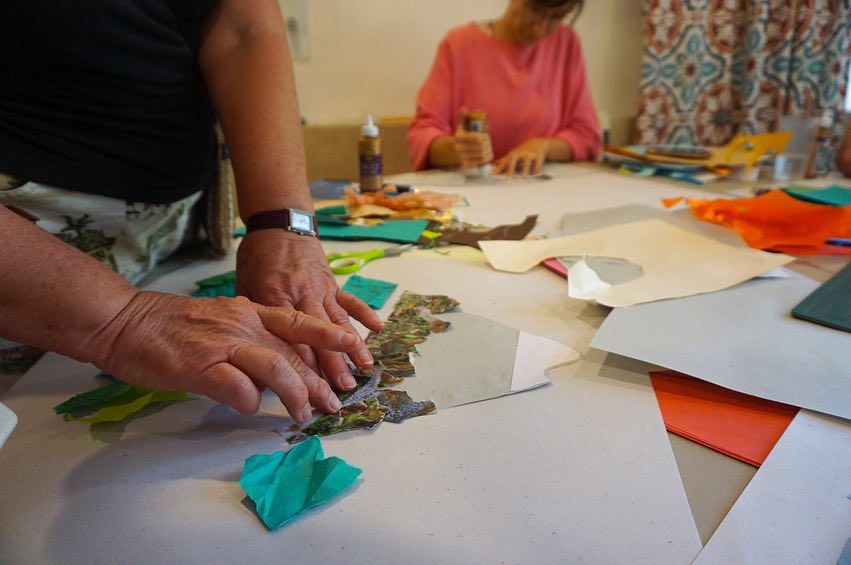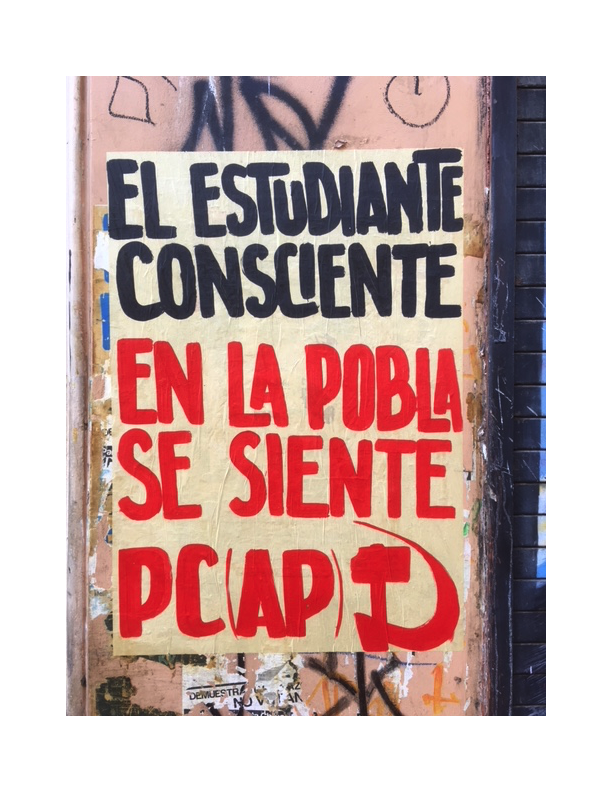
Have you ever struggled with how to ‘spice up’ literacy in your classroom, or how to make it interesting and relevant for students? We all have passions & interests in our target culture, and different kinds of literacy that have spoken to us over the years. We can build on that and incorporate certain elements that will help elevate the interest level and bring literacy to life in our classrooms!
Community
The single most important thing in fostering high interest in literacy for your students is focusing on building community and relationships. How can we hook our students unless we know who they are, something of their life and what their interests are? The more we know about our students, the more we can target literacy to fit them and their lives. The same goes for us. The more we share our experiences in the culture, the more they will be willing to let down their guard & be curious.
Multiliteracies
One way to create a rich context of exposure to literacy in the target language is to incorporate multiliteracies. Multiliteracies is the concept of understanding information and the design of meaning through the manipulation of individual modes, these being:
- Linguistic Meaning
- Visual Meaning
- Audio Meaning
- Gestural
- Tactile & Spacial Meaning
Each mode has a different characteristic used for meaning-making, communication & representation of knowledge and ideas.
This visual provides us with an example of what these can look like. Have we thought of all the ways that students can be exposed to the language? Being intentional about providing a variety of input and types of literacy will spark interest, and allow students to enter into a language how they want. If you notice, the linguistic meaning is only one element of the modes. Language is also happening when reading a song, acting out a scene from a poem, play or book and watching a movie or newscast. There are so many different ways to engage our students! These are also the cultural elements that spoke to our hearts as we were learning the language. Using this to tap into their interests allows a way to hit a relevant topic or mode of communication.
Authentic texts
Another key element of bringing literacy to life is to incorporate texts from the culture. Authentic texts are defined as ‘written by members of a language and culture group for members of the same language and culture group’ (Galloway, 1998, p. 133, as cited in Glisan).
When we strive to find resources and use elements that are from the target culture, we are broadening a students world view. We can expect to see the following benefits when purposefully incorporating texts:
- Students are exposed to authentic language
- There is a strong sense of relevancy
- We are always striving for ‘at level + 1’, however, we can still use texts that may not be exactly where students are. We can change the task, not the text. For example, the street art below can be adapted to be used at the novice, intermediate and advanced level.
- Students will be able to see, hear and feel cultural values through the content
- Students will begin to understand cultural concepts. For example: how the time and pricing are written may be different from the target culture to their native culture. A non-authentic text may not have those cultural details.
- Students are being asked to think critically when working with any level of literacy
- The cultural point of view is authentically represented
- We are working towards fostering the authentic immersive environment. If students are being asked to use a newspaper in class, for whatever level task, they will be less likely to be afraid of it later when they see it in an authentic situation.
Bringing together community building, multiliteracies and authentic texts will broaden the exposure, input and interest for students. Find the things that bring you joy and choose one of the ways above to make that real for your students!

References:
https://ecu.au.libguides.com/video-essay/modes-of-modality
(Galloway, 1998, p. 133, as cited in Glisan)
